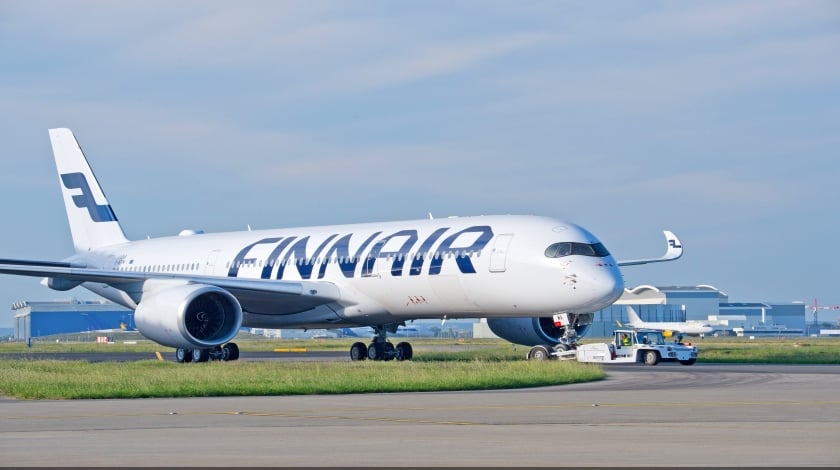Photo: travelpress.com
Reading Time: 2 minutesFinland flag carrier Finnair has extended the lease on an Iberia Airbus A330 until May 31 because of A350 crew training delays. The A330 had been scheduled to leave the fleet Jan. 31.
The oneworld carrier had planned to use the A330 on its 3X-weekly Miami route only from Jan. 10-31, but this 21-day lease has now been extended to just under four months. The three-year-old Iberia A330 has 36 full-flat business and 242 seats in economy, equipped with seat-back inflight entertainment.
Over the period Jan. 10-31, the A330 will operate on wet-lease, manned by Iberia pilots and cabin crew with two Finnair crew members supervising service delivery. From Feb. 1, it will transition to a damp lease, staffed with cockpit crew from Iberia and cabin crew from Finnair.
“The lease is to accommodate pilot trainings that are necessary to secure the airline’s growing operations for the summer 2017 season and beyond. Due to the arrival of additional A350 aircraft in 2017, Finnair is currently training its A330 pilots for A350 operations. The pilot trainings will continue during the spring of 2017,” Finnair said.
Finnair, the A350 launch customer, has already suffered some disruption as a result of the fleet transition. In August 2016, the airline revised downward capacity growth plans for 2016-17 from 8% to 7% against 2015, citing disruption to A350 deliveries that were an average of two months behind schedule.
In October, Finnair detailed plans to suspend or cancel services on two Asian routes, also because of A350 pilot training. Training takes the flight deck crew away from normal duties, which puts a temporary strain on Finnair’s pilot resources.
Finnair has 19 A350s on order. Under the delivery schedule detailed in August, Finnair planned to have seven A350s by the end of 2016, 11 by the end of 2017 and 19 by the end of 2023.
In November, Finnair CEO Pekka Vauramo told ATW the airline has had “teething issues” with the A350, but this has been driven by non-technical issues such as unfamiliarity, parts availability, crew rostering, training schedules and a shortage of simulator capacity.
“We didn’t grow for many years, so we were not aware of the bottlenecks. Every time we need to wet lease an aircraft, it’s disappointing because it shows we haven’t been able to plan ahead. But we still want to maintain most of the flights that we have sold, so this is an additional cost that we are willing to take. We then have to take action and make sure that we don’t face similar bottlenecks in future,” he said.

